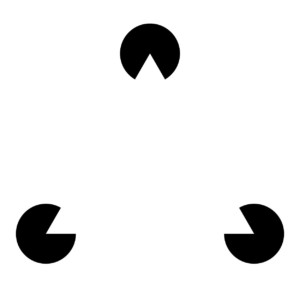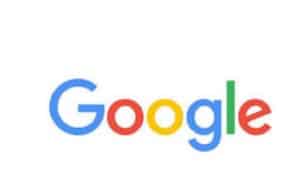Some organizations use the same logo for years without needing to change them. Others seem to restlessly change them every few years. A logo is always an investment.
Nothing says more about a design studio’s work than the logos they create. Some hold up year after year, where others last only a few months. The difference emerges from attention to detail, thoughtfulness, and experience.
We’ve developed over sixty logos over the years. Here are some strategies that have worked for us.
a good logo plays well with others
A successful logo design should mesh easily with functional content such as a tagline, an address and phone number, a navbar, social media dashboards, etc. A good planning process for logo design begins with identifying these crucial applications and than making sure the designs fit them.
a good logo usually signifies (rather than depicts)

The Chuckanut Builders logo uses a shape of a hammer in an abstract way. It is more about an idea of a hammer than an actual hammer itself.
Logos are usually about symbolism and about depicting something that may not exist in the real world at all. A heart symbol, for example, communicates a human emotion and is not really about showing what an actual heart looks like. Being too caught up in depicting a real thing will overburden a logo and may make it fail.
a good logo has at least one element that is “visually heavy”
In general, the human eye is better at seeing shapes than lines, and shapes stand out better on a page. In addition, a thin line may look very different in a 300 dots per inch printing environment vs. a 72 dots per inch screen environment.
a good logo often uses tones ambiguously


The use of ambiguous space suggests shapes in a way that is more visually interesting than just showing an outline in its entirely.
Called “figure ground,” or “notan,” or “closure,” this concept refers to designs that guide the eye into seeing things that aren’t there. This has the effect of giving energy to the logo.
a good logo often combines two (and usually only two) ideas
A nice way of thinking of a logo design (and creativity in general) is two separate things merging and becoming something new that is greater than its two parts. Seeing and understanding this is little like a “getting” a punchline joke. A logo overburdened with too many meanings can become too obscure.
a good logo is often not immediately universally comprehensible
Many logos have hidden messages that are not immediately obvious and in many cases this enhances the logo. It may not yield all its secrets in one view. Visuals that reward the viewer for paying attention carry a message all of their own.
a good logo usually has only two or three colors
Use of limited color is important for handling some printing jobs like silk screening, and helps the organization create a memorable impression.
a good logo breaks one or two (but only one or two rules) rules
Most of the recommendations above are qualified with words like “usually” and often,” because they are never absolutes. Great logos—like any successful creative work—never emerge by strictly adhering to rules.

Where many companies want to be linked with a specific color palette, Google is breaking the rule by using many colors—intentionally suggesting that it doesn’t follow the rules.
There are great references for logo design on the Behance network and on Pinterest. Saul Bass remains a great source for inspiration as well.
Do you need a logo?
Please review samples of our work here and drop us a line if you would like to talk about a logo project.